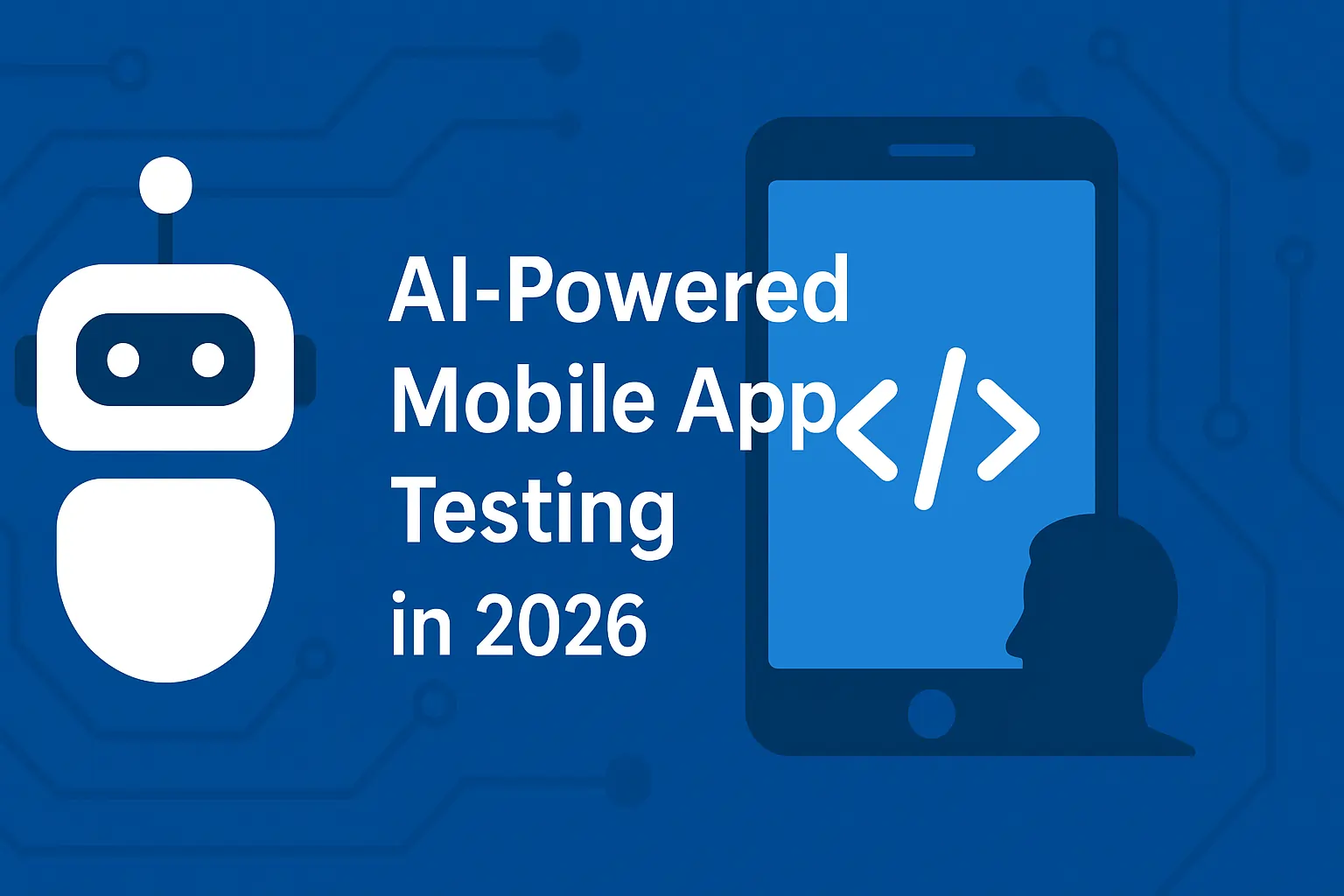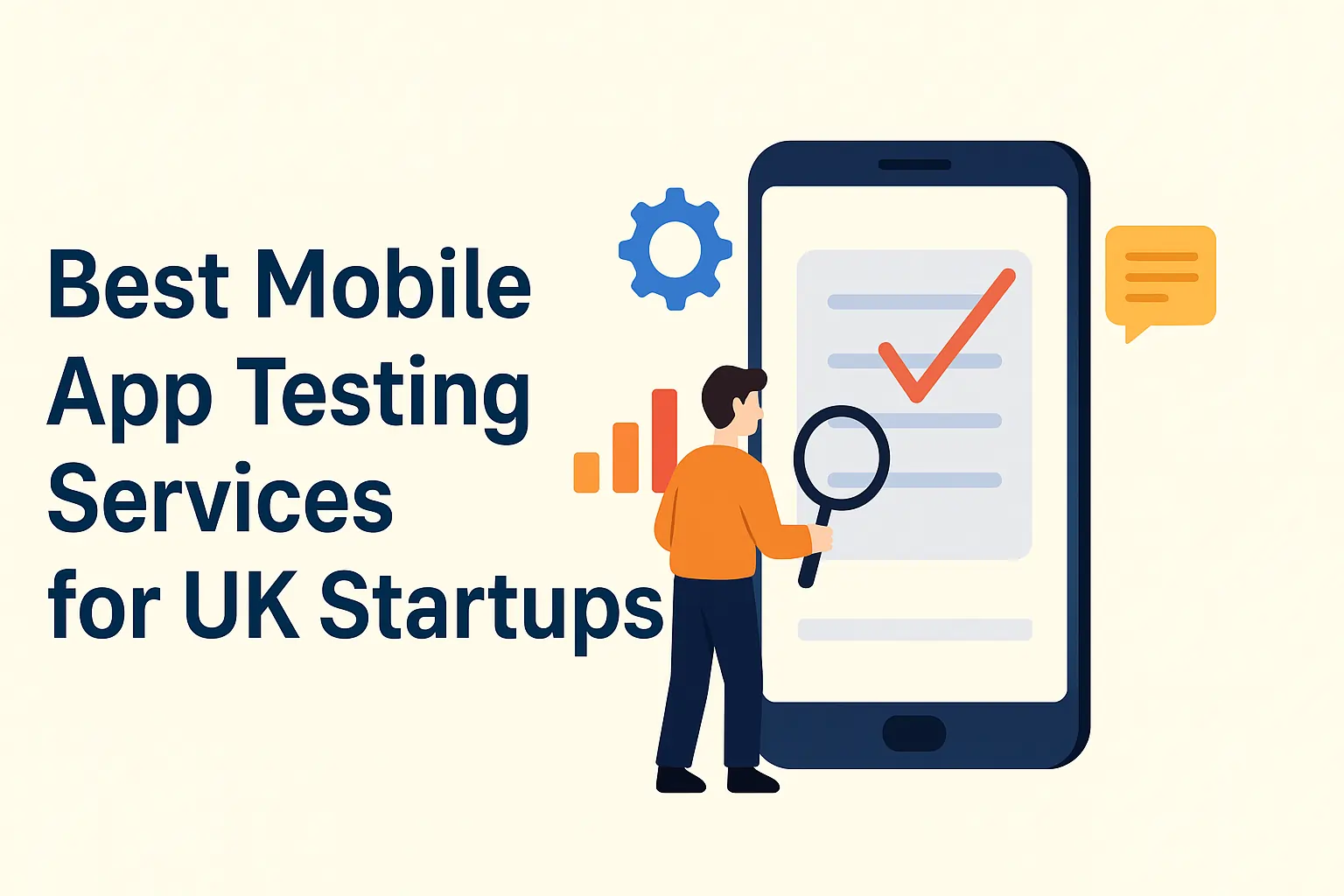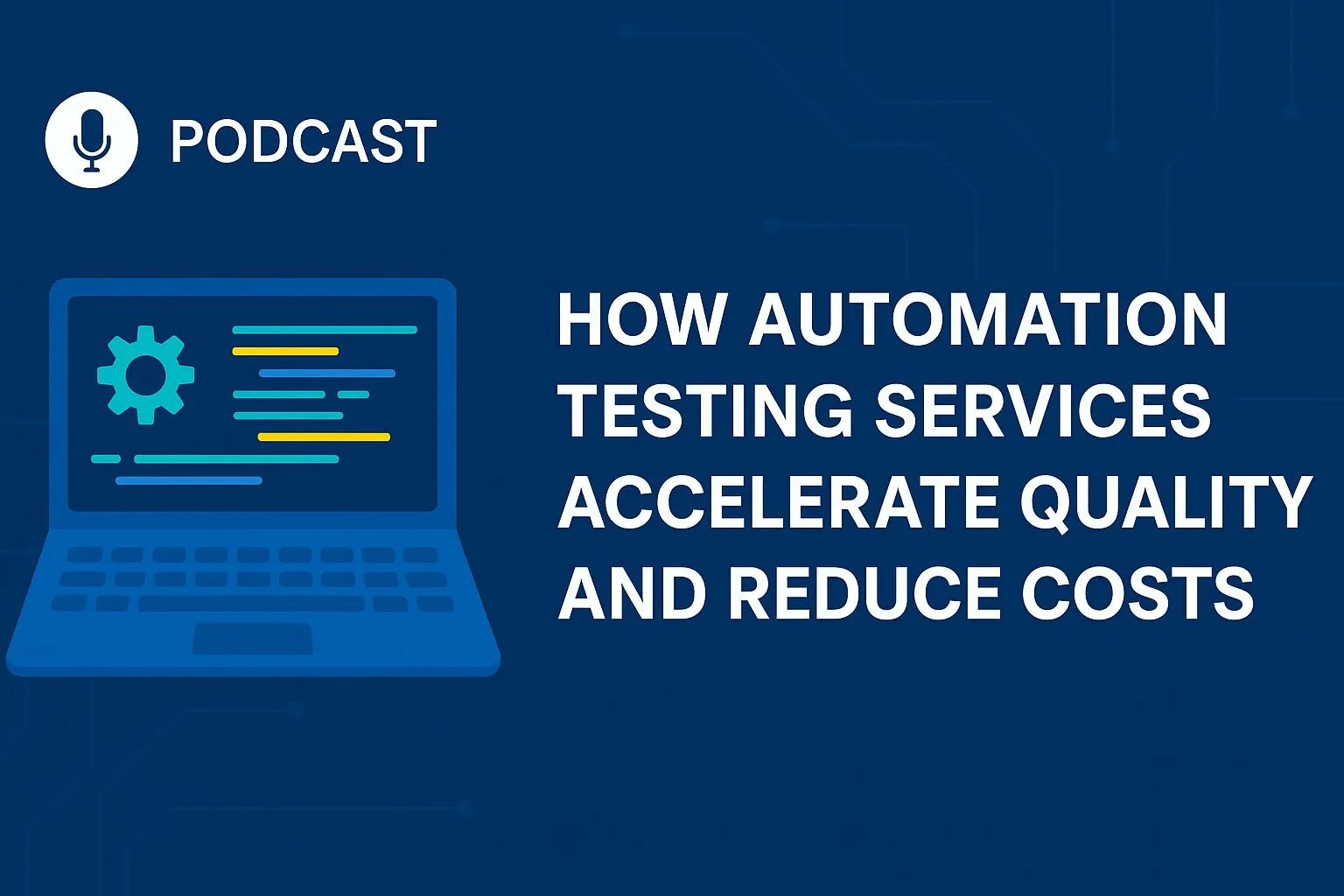Effective Android App Testing Services for High-Traffic Applications
Introduction
In today’s technology-driven world, Android applications are increasingly subjected to high levels of user traffic, particularly during busy times like holidays, promotional campaigns, or significant product launches. Android app testing services play a crucial role in ensuring the success of mobile applications in today’s competitive landscape. As user expectations rise and application usage increases, it’s essential to deliver an app that functions well and provides a seamless experience during peak traffic times. This blog explores effective strategies and methodologies that can help developers and businesses optimize their Android applications for high-traffic scenarios, ensuring reliability, performance, and user satisfaction. With rising expectations from users, it is essential to deliver an efficient and seamless app experience. A lackluster app can lead to frustration, unfavorable reviews, and a potential drop in revenue. To combat these issues, it’s crucial to adopt comprehensive testing methodologies that cater specifically to the needs of high-traffic applications.
In this blog, we will discuss vital Android app testing services that can help your application achieve optimal performance standards, improve user satisfaction, and effectively scale to meet the demands of increased traffic.
Load Testing Capabilities
Simulate High User Traffic
Load testing is the foundation of performance evaluation for any high-traffic application. It involves simulating a high number of concurrent users accessing the app to measure its response times, throughput, and resource utilization. The goal is to assess how well the application performs under expected load conditions.
Why Load Testing is Important
- Identify Bottlenecks: Load testing helps identify potential bottlenecks in the application architecture, such as slow database queries, inefficient algorithms, or server limitations.
- Performance Benchmarking: Establishing a baseline performance metric allows teams to track improvements or regressions in subsequent tests or after deployments.
- Resource Allocation: Understanding resource requirements helps in effective scaling, ensuring that server capacity can meet user demand without degradation in performance.
- User Retention: A fast, responsive application is vital for user satisfaction and retention. Load testing can help ensure that performance issues do not arise during high-traffic events, preserving user trust and loyalty.
- Cost Efficiency: Identifying performance issues before deployment can save significant costs related to downtime, user churn, and emergency fixes.
Read: The Evolution of Android App Testing Services: What to Expect in the Coming Year
Stress Testing
Evaluating Performance Under Extreme Conditions with Android App Testing Services
While load testing measures how an application performs under typical and peak scenarios, stress testing goes further by examining its behavior under extreme conditions that surpass normal operational limits. This testing method intentionally pushes the application to its limits to observe its failure points and recovery capabilities.
Advantages of Stress Testing
- Identifying Vulnerabilities: Stress testing is instrumental in uncovering weaknesses that may not surface during standard load tests, thereby pinpointing areas in the application’s structure that require attention.
- Assessing Recovery Processes: Understanding the application’s ability to recover from failures is essential. Stress testing determines if the app can effectively manage errors and restore normal functionality without losing data.
- Evaluating User Experience During High Stress: This form of testing provides insights into how user interactions are affected during stressful situations, revealing the impact of failures on usability, response times, and overall user satisfaction.
- Informing Capacity Planning: The data gathered from stress testing can be invaluable for making informed decisions about capacity planning and resource allocation, ensuring that the application is prepared for future increases in user demand.
- Ensuring Regulatory Compliance: For applications that need to comply with specific regulatory guidelines, stress testing can demonstrate that performance and reliability standards are being met.
Performance Monitoring
Implementing Real-Time Performance Insights
Performance monitoring is the process of continuously assessing critical metrics associated with an application’s functionality. This ongoing evaluation allows teams to spot potential issues as they arise, facilitating swift corrective actions before they affect user experience.
Essential Performance Metrics to Track
- Response Time: This metric measures the duration it takes for the application to react to user inputs, which plays a crucial role in overall user satisfaction.
- Throughput: This refers to the volume of transactions that the application can handle within a specific timeframe, providing insight into its ability to manage user requests effectively.
- Error Rates: Keeping track of errors helps pinpoint specific areas of concern within the application that may require further investigation and resolution.
- Resource Utilization: Monitoring the consumption of CPU, memory, and network resources can identify potential performance bottlenecks and guide effective resource management.
- User Interaction Analysis: Examining how users engage with the application reveals patterns in navigation and usage, offering valuable insights for enhancing the overall user experience.
Data Handling Capabilities
Manage Large Volumes of Data
High-traffic applications often handle significant volumes of data and user requests. Testing how your app manages this influx is essential for maintaining operational efficiency and ensuring user satisfaction.
Best Practices for Data Handling Testing
- Database Performance Testing: Assess the performance of database queries under load to ensure quick access to data.
- Data Integrity Checks: Verify that data remains accurate and uncorrupted during high-volume transactions.
- Session Management Testing: Ensure that user sessions are maintained correctly, even under heavy loads.
- Caching Strategies: Evaluate the effectiveness of caching strategies to improve data retrieval times and reduce server load.
- Scalability of Data Storage: Assess whether your data storage solutions can scale to accommodate growth without impacting performance.
User Experience Impact
Analyzing the Impact of High Traffic on User Experience
User experience is a vital component that significantly affects app retention and overall success. It’s crucial to assess how increased traffic influences user interactions to ensure a consistently positive experience.
Techniques for Evaluating User Experience
- Collect User Feedback: Gather user insights during peak traffic to identify pain points and improvement areas.
- Use Session Replay Tools: Analyze user behavior during high-traffic periods to uncover navigation trends and usability issues.
- Conduct A/B Testing: Test different app versions under varying loads to find the most effective modifications.
- Utilize Heatmaps: Visualize user interactions to pinpoint areas of difficulty during high demand.
- Integrate Performance Analytics: Combine performance metrics with user experience data to ensure optimal app performance.
Backup and Recovery Testing
Ensure Data Integrity During Peak Loads
Backup and recovery testing ensures that user data remains intact and retrievable during peak loads. This process involves simulating failure scenarios to evaluate the application’s backup systems and recovery capabilities.
Key Considerations for Backup and Recovery Testing
- Data Redundancy: Ensure that backup solutions provide sufficient redundancy to safeguard against data loss.
- Recovery Time Objectives (RTO): Establish and test RTO to ensure that the application can recover quickly from outages.
- Data Restoration Testing: Regularly test data restoration processes to confirm that backups are functional and can be restored without errors.
- Failover Testing: Simulate failover scenarios to ensure that backup systems activate correctly during outages.
- Compliance and Reporting: Maintain documentation of backup and recovery processes to meet compliance requirements and provide transparency.
Continuous Improvement
Ongoing Performance Improvement
The knowledge gained from testing should be actively applied to foster continuous enhancement. By scrutinizing performance data and integrating user feedback, development teams can make educated decisions that lead to incremental improvements in the application.
Steps to Achieve Continuous Enhancement
- Conduct Regular Performance Assessments: Frequently evaluate performance data and user insights to uncover patterns and recognize areas that need refinement.
- Utilize an Iterative Testing Approach: Implement a testing strategy that supports frequent modifications and optimizations based on feedback and testing outcomes.
- Adopt Agile Development Practices: Use agile frameworks to facilitate quick iterations, allowing teams to swiftly tackle performance-related challenges.
- Focus on User-Centric Development: Keep user experience at the core by actively integrating user feedback into both the development and testing phases.
- Encourage Continuous Learning: Provide ongoing training opportunities for the testing team to ensure they remain updated on the latest advancements in performance testing techniques and tools.
Feedback Loops
Integrating User Feedback into Performance Assessments
Establishing feedback loops is essential for weaving user insights into performance evaluations. This method enables development teams to enhance their applications based on actual user experiences.
Methods for Establishing Feedback Loops
- Conduct Surveys and Polls: Regularly administer surveys and polls to collect user opinions on app performance and usability.
- Engage Users in Beta Testing: Involve users during the beta testing phase to gather preliminary feedback on performance and user experience prior to official releases.
- Cultivate Community Involvement: Create a vibrant user community where individuals can share their feedback and suggestions for potential enhancements.
- Utilize Data Analytics Tools: Implement analytics tools to collect information on user behavior and identify performance issues, which can inform necessary adjustments.
- Encourage Ongoing Communication: Keep lines of communication open with users to promote feedback sharing and create a supportive community atmosphere.
Expert Guidance
Leverage Seasoned Testers
Partnering with seasoned testers who are familiar with high-traffic environments is invaluable. Their expertise can guide you through best practices and effective testing strategies, ensuring your app meets the highest standards of performance and reliability.
Advantages of Collaborating with Experts
- Industry Insights: Experienced testers can provide insights into industry standards and best practices for high-traffic applications.
- Efficient Problem-Solving: Experts can quickly identify issues and recommend effective solutions, reducing time spent on troubleshooting.
- Custom Testing Strategies: Leverage their knowledge to develop tailored testing strategies that address your specific application needs.
- Training for In-House Teams: Experts can train your in-house teams, improving their skills and enhancing overall testing capabilities.
- Ongoing Support: Building a relationship with experienced testers ensures ongoing support and guidance as your application evolves.
Conclusion
In the competitive arena of mobile applications, it is crucial to invest in comprehensive testing services tailored to high-traffic scenarios. By prioritizing optimal performance, reliability, and user satisfaction, businesses can secure long-term success and build a loyal user base.
As user demands evolve, your application must perform well not just under normal conditions but also during peak usage.
This blog outlines testing services to help your Android app manage high traffic and ensure a seamless user experience. Are you ready to take your high-traffic Android application to the next level? Contact us today to learn about our Android app testing services and how we can boost your app’s performance!











